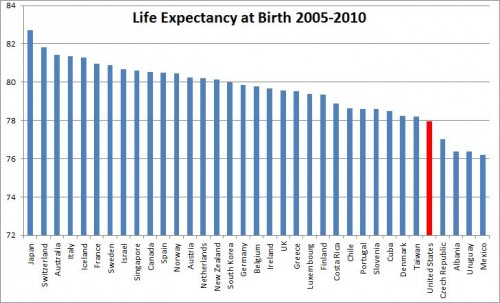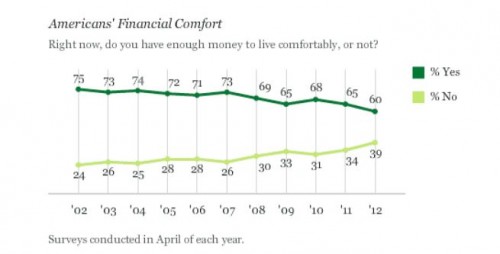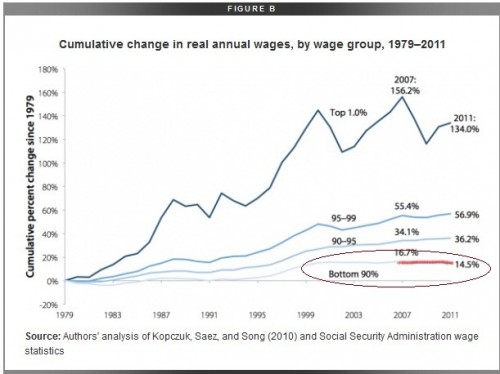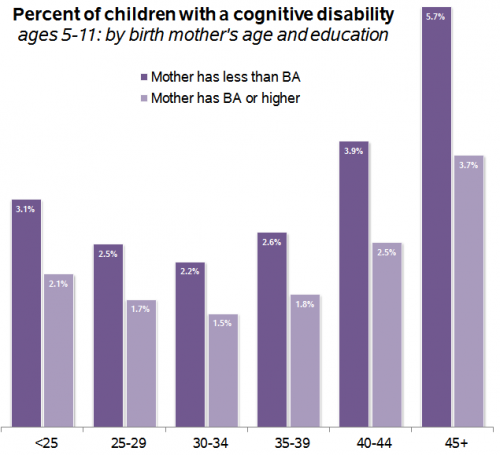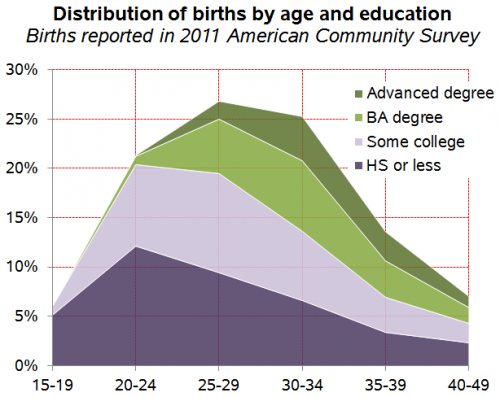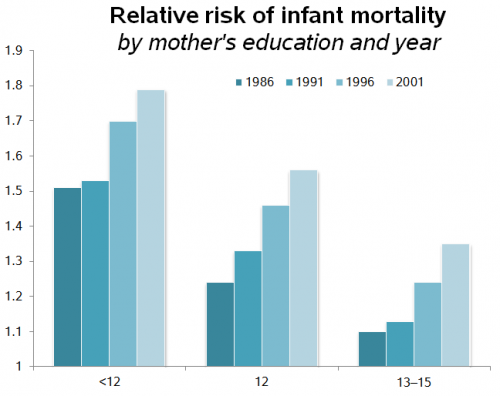SocImages News:
Updates on Image Guides
We are super excited to have a new Image Guide! UCLA graduate student Calvin N. Ho has collected and organized our posts on Asian Americans and Pacific Islanders. His excellent guide joins our others:
- Introduction to Sociology, by Gwen Sharp
- Sociology of Gender, by Mary Nell Trautner
- Sociology of Sport, by J.A. Carter
- Sexuality and Society, by Amanda Jungels
- Women and History, by Lisa Wade
- Sociological Research Methods, by Lisa Wade
If you’d be interested in writing a guide on one of the other racial/ethnic groups — or on anything at all! — we’d be glad to make it available. We’re even happy to have duplicate Guides, since every instructor is different. Analytics show that thousands of professors visit these guides every year, so we’re eager to be able to offer more.
New Pinterest Board
We also have a new Pinterest page: the social construction of flavor. If you’ve never heard of cucumber Pepsi, celery-flavored JELL-O, seaweed Pringles, whiskey toothpaste, or the delicious combination of ham and jelly, then this board is for you!
We’ve got 24 Pinterest boards, including sexy toy make-overs, what color is flesh?, gendered housework and parenting, “subliminal” sexual symbolism, and violence in fashion. Maggie particularly likes “Women vs. People,” which collects images that expose the fact that men are usually the default human (thanks Maggie!):
Elsewhere on the Net:
This month SocImages or its authors were quoted in…
- Slate, Abstinence is not the Solution to Hook Up Culture
- The Tampa Bay Times, Hooking Up Isn’t Hot or Bothering
- Boing Boing, Why the Majority of People Now Favor Marriage Equality
Cross-post highlights…
- Ms., Occidental College Takes on Rape Culture
- Racialicious, The Stigma of Immigrant Languages
- PolicyMic, 100 Iconic American Companies Exploiting Prisoners for Profits
- Huffington Post, Law & Order Episode Quotes Rape Survivors, Calls Itself Fiction
- Pacific Standard, The Manly Origins of Cheerleading
- BlogHer, Why Have 16% of Americans Changed Their Minds About Same-Sex Marriage
Upcoming Lectures and Appearances:
I go on sabbatical next year to write in earnest, but I’d love to use my flexible schedule to do lots of public speaking as well. Visit my website if you’d be interested in having me. I have great talks on the value of friendship, the biology of sex differences, the politics of genital cutting and, of course, hook up culture. And I do a pretty decent AKD induction ceremony/commencement speech.
I’ve already scheduled my first talk for next year; I’ll be part of the Bastian Diversity Lecture Series at Westminster College in Salt Lake City. Looking forward to it already!
Tweets of the Month:
Aw shucks.
Social Media ‘n’ Stuff:
Finally, this is your monthly reminder that SocImages is on Twitter, Facebook, Google+, and Pinterest. Lisa is on Facebook and most of the team is on Twitter: @lisawade, @gwensharpnv, @familyunequal, @carolineheldman, and @jaylivingston.
In Other News…
I want to send a shout out to all the great people I met at the University of Akron this month! Here are two pictures: one of my ascent out of Los Angeles and the other from the airport on my way home, waiting for the white-out to clear. Oh earth, you play such tricks!
Ohio:
Lisa Wade, PhD is an Associate Professor at Tulane University. She is the author of American Hookup, a book about college sexual culture; a textbook about gender; and a forthcoming introductory text: Terrible Magnificent Sociology. You can follow her on Twitter and Instagram.













